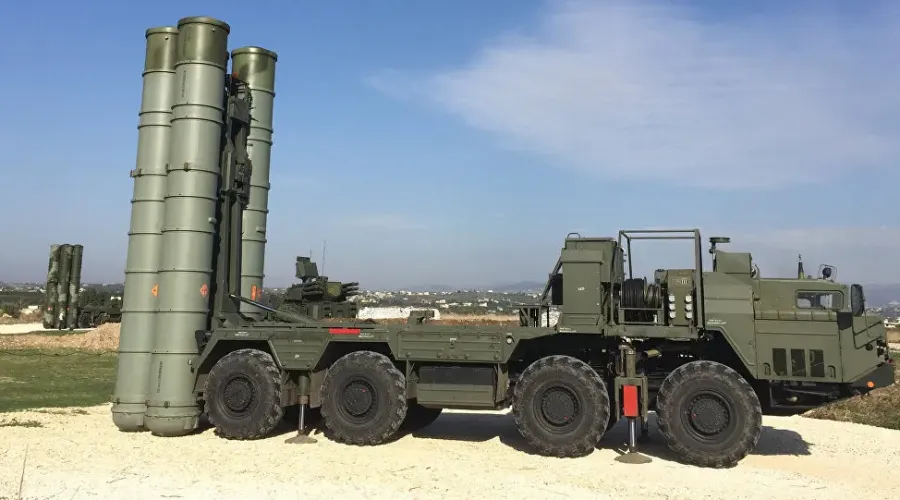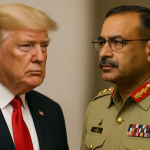
India Deploys S-400 Near Siliguri Corridor Amid Heightened Regional Tensions
India has strategically deployed the advanced S-400 Triumf air defense missile system near the Siliguri Corridor, a narrow and critically important strip of land in West Bengal, commonly known as the “Chicken’s Neck.” This corridor connects mainland India to its northeastern states and is flanked by Nepal, Bhutan, Bangladesh, and China, making it one of the most geopolitically sensitive regions in the country.
The deployment is aimed at significantly bolstering India’s air defense and deterrence posture amid increasing regional military activity and escalating geopolitical tensions. With the recent rise in hostile posturing by adversarial neighbors, the area’s vulnerability has come under renewed scrutiny, prompting proactive defensive fortification.
The S-400 missile system, capable of engaging aerial threats including aircraft, cruise missiles, and even ballistic missiles at ranges of up to 400 kilometers, now serves as a robust shield against potential incursions in this corridor. The system’s advanced radar and targeting capabilities allow for rapid threat identification and neutralization, thereby providing a powerful buffer in India’s strategic planning.
In addition to the S-400, India has stationed a squadron of Rafale fighter jets at the Hashimara Airbase, not far from the corridor. These jets, known for their agility and advanced strike capabilities, enhance India’s ability to respond swiftly to any aerial threat in the region.
Furthermore, a regiment of BrahMos supersonic cruise missiles has been deployed for ground-based deterrence, capable of precision strikes in hostile territory if required. Complementing these assets are the Medium Range Surface-to-Air Missiles (MRSAM) and Akash systems, providing layered defense coverage across the airspace.
This comprehensive military enhancement of the Siliguri Corridor is not only a strategic response to external threats but also a measure to ensure uninterrupted connectivity to the northeastern states. The area has historically been viewed as a chokepoint, and any disruption here could have significant implications for national security and logistics.
India’s decision to heavily fortify the corridor underlines a broader doctrine of deterrence through technological superiority and rapid response capability. As regional power dynamics continue to shift, the move sends a clear message: India remains vigilant and resolute in defending its territorial integrity.


















